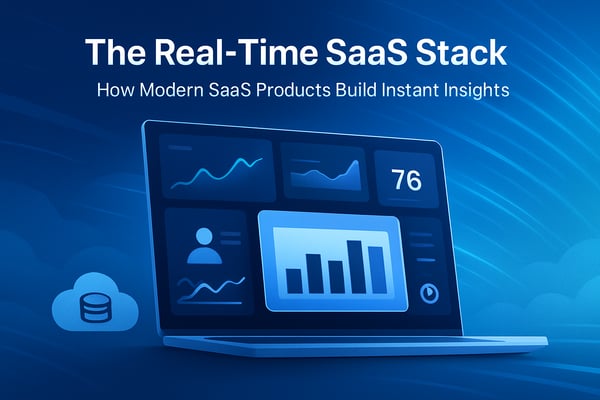AI doesn’t thrive in isolation—it feeds on data. But not just any data. It needs timely, relevant, and well-structured information at scale. For many organizations, the challenge isn’t building AI models—it’s delivering the right data, fast enough, to fuel them. That’s where CrateDB steps in.
CrateDB is more than a real-time analytics database. It’s an intelligent data engine designed to ingest, process, and deliver high-volume, high-velocity data to power modern AI applications.
Why AI Needs a New Kind of Data Infrastructure
Traditional databases weren’t built for AI. They struggle with:
- Volume – AI models often require access to billions of data points.
- Variety – AI feeds on structured, semi-structured, and unstructured data.
- Velocity – Real-time insights are critical for adaptive AI models.
- Accessibility – Data must be easily queried, pre-processed, and served for training or inference.
CrateDB addresses these challenges by acting as the connective tissue between operational data and AI systems.
How CrateDB Feeds AI Systems
1. Ingests High-Velocity, High-Variety Data
CrateDB can ingest millions of data points per second from IoT sensors, logs, user interactions, or external systems. Its distributed architecture handles time series, JSON, and geospatial data with ease, eliminating the need for complex ETL pipelines.
→ Real-World Example: In manufacturing, CrateDB collects telemetry from machines in real-time, enabling predictive maintenance models to learn from fresh, diverse data.
2. Provides Real-Time Aggregations and Insights
AI models often require summarized or feature-engineered data. CrateDB’s support for SQL-based aggregations at scale allows teams to:
- Extract features on-the-fly
- Monitor model performance in real time
- Feed continuously learning systems with up-to-date input
→ Example: Anomaly detection models use CrateDB to receive rolling averages, frequency counts, or custom metrics per device, region, or user.
3. Serves Data to AI Pipelines and Applications
Whether training large models or running inference, CrateDB offers:
- Fast query performance over billions of rows
- Standard interfaces (SQL, REST, JDBC, etc.) for seamless integration
- Horizontal scalability to grow with your data and model needs
→ Example: Retailers use CrateDB to serve customer behavior data to recommendation engines in real time, adapting offers and experiences dynamically.
4. Enables Feedback Loops Between Models and Data
Modern AI systems benefit from tight feedback loops. CrateDB enables this by:
- Capturing predictions and outcomes
- Comparing performance over time
- Feeding results back into the training pipeline for continuous improvement
This turns CrateDB into both the source and destination for AI data—closing the loop between insight and action.
AI Needs Fast, Flexible, Future-Proof Data.
CrateDB was designed from the ground up for real-time analytics at scale. But its architecture—supporting complex queries, hybrid data types, and horizontal scaling—makes it uniquely suited for AI-driven environments. From ingesting raw data to powering live predictions, CrateDB is how smart businesses feed their intelligent systems.
Want to See It in Action?
Explore how CrateDB integrates with AI/ML pipelines, or try it yourself:


